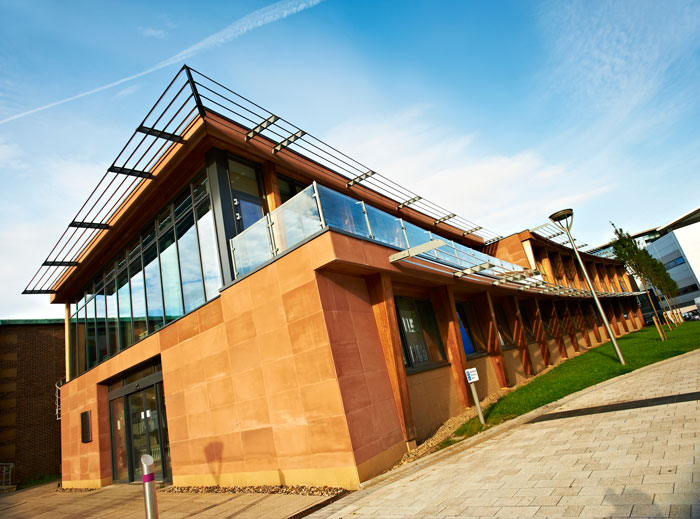ROBUST

About the project
ROBUST is a 5-year EPSRC project investigating the Regeneration of Brownfield Land Using Sustainable Technologies and involves a group of five researchers at Durham University in NE England.
The interdisciplinary collaboration is headed by academics, Dr Karen Johnson and Professor Clare Bambra, from the departments of Engineering and Geography respectively, and is run from the University’s Institute of Hazard, Risk and Resilience.

IHRR Durham
Institute of Hazard, Risk and Resilience
Brownfield Land
The North East of England has many outstanding features, but the decline of traditional industries has also left it with a legacy of post industrial landscapes and brownfield land.
Brownfield land is previously developed land as opposed to greenfield land which, apart from for agricultural purposes, has never been previously developed.
The nation that destroys its soil destroys itself. Franklin D. Roosevelt, February 26, 1937
The NE’s much publicised renaissance has seen many brownfield sites redeveloped and returned to productive use, but smaller, less valuable sites aren’t generally as appealing to developers and may miss out on such treatment.
The ROBUST project is bridging the gap between engineering and social science to consider the social impact of the small, low-value brownfield sites they aim to regenerate.
This keys into research based around the idea that green space can affect community perception of their surroundings and, ultimately, the health and wellbeing of local people living near the site.

Murton Colliery
Industry in North-East England: Murton Colliery Circa 1900.
Sustainability
Key to the project is an investigation into the potential for using waste materials to provide a cheaper, safe means to remediate low-level contamination in particular.
Manganese oxides (in the form of clean mine tailings or water treatment sludges) are one waste type with particular promise, but understanding their detailed chemistry and interactions within the soil will be key.
Manganese oxides are a relatively diverse group of compounds, present in natural soils in varying amounts.
Previous research at Durham University has shown that these manganese oxides are capable of both oxidising organic molecules (including certain recalcitrant PAHs like anthracene) and of immobilising metals.
This led the ROBUST researchers to speculate that adding them to certain contaminated soils could provide a low tech and crucially, low cost, remediation technique particularly suited to small, low value sites where the question isn’t so much “how fast can we get the site ready for a client?” but “will the local community see any regeneration happen at all?”.
